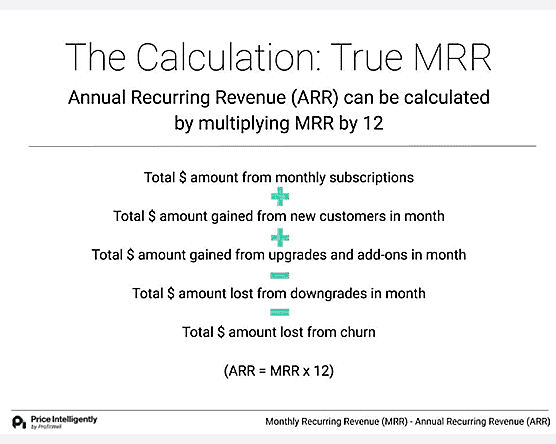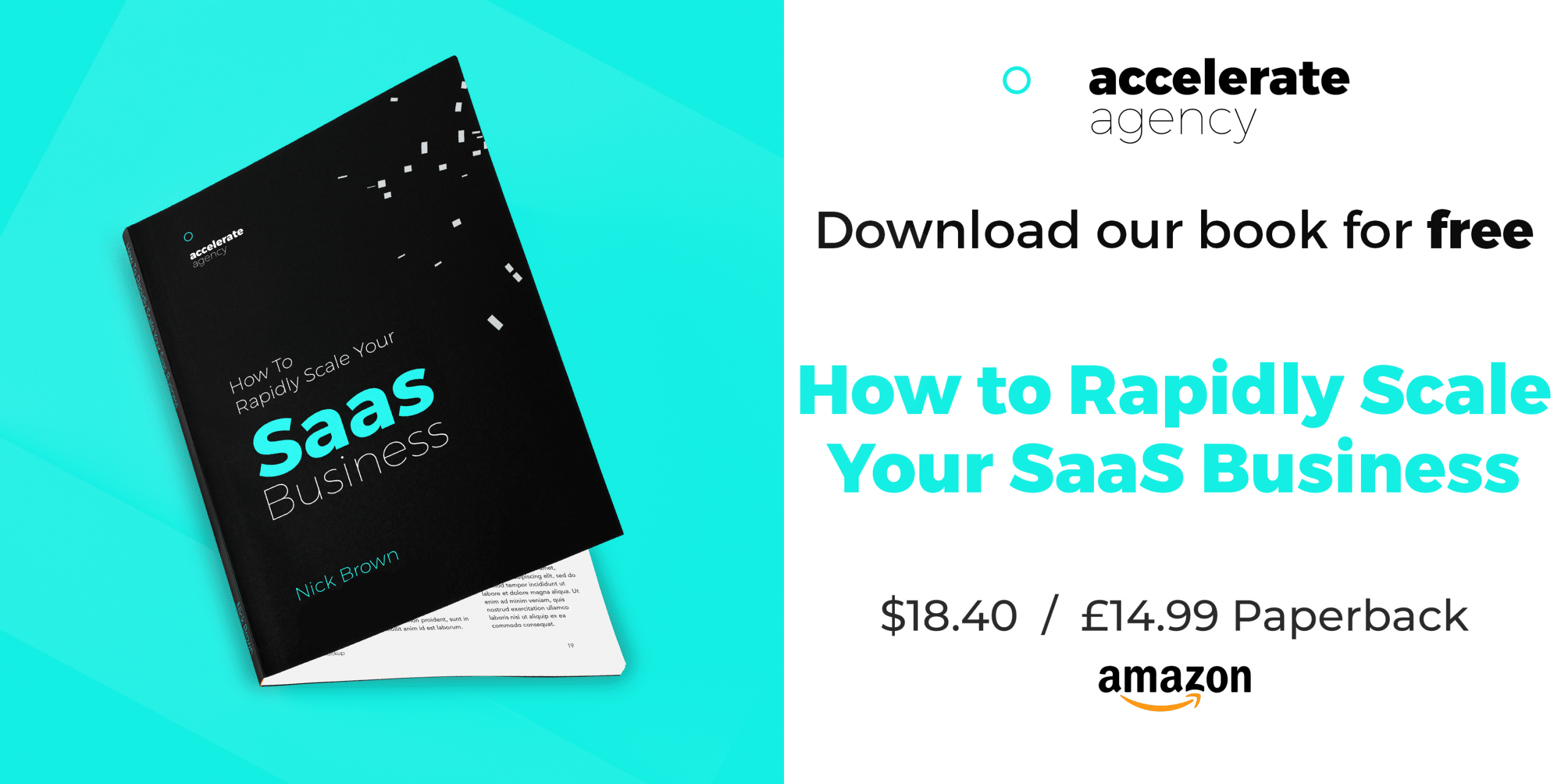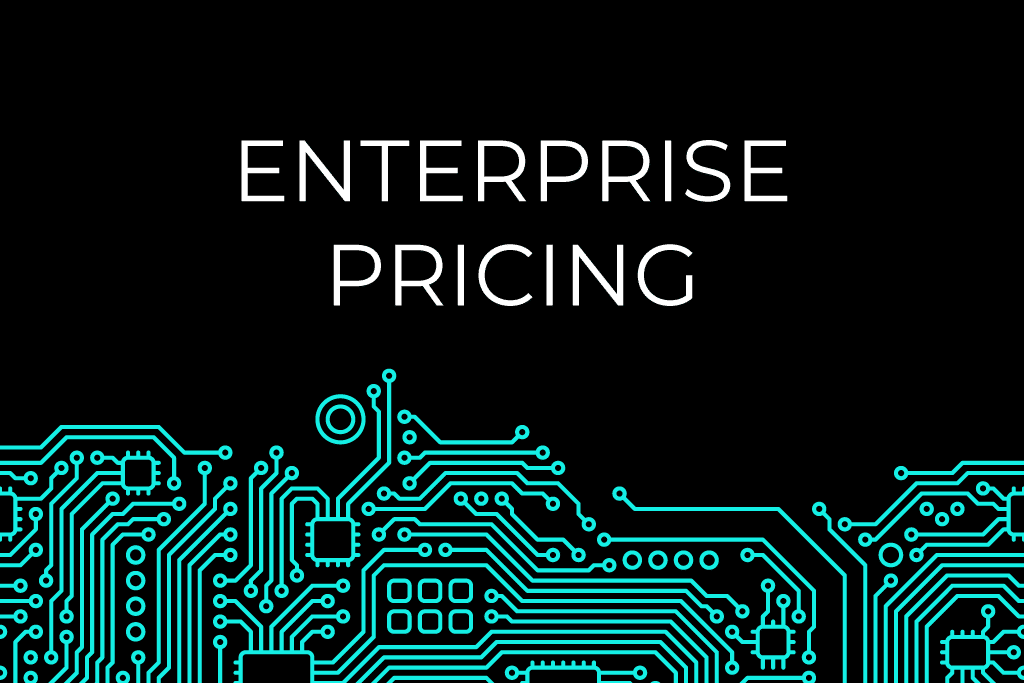What Metrics are important to your SaaS website performance
Establishing and maintaining a profitable SaaS company comes with its own set of unique challenges. There are a myriad of decisions to be made, all with the backing of sales, marketing, and customer experience data. There’s been a massive saturation of the market for the last few years. So, staying ahead of your competitors means knowing existing threats while being ready to tackle new ones.
Being prepared means having a key grip on your metrics and knowing their relevance in the grand scheme of things. There are quite a few to keep tabs on, so let’s get stuck into which ones you need to be paying attention to, in order of importance.
MRR (Monthly Recurring Revenue)
All the investment is upfront for a SaaS business. Before any leads turn to conversions, the product itself needs to be built, and revenue spent on generating those leads. And, customers don’t pay you upfront. You’ll be supported by monthly subscriptions, meaning a steady cash flow in the long run. But, you need to be able to survive until you earn that stability.
That’s why knowing your MRR is more important than just monthly revenue. MRR is the revenue a SaaS business expects to earn each month. Even if you have one record-breaking month, will that revenue be there for you once the calendar’s turned a page?
It’s the most important metric you should be tracking, as it serves as the benchmark for your progress (or regression).

Customer Churn
Working out your customer churn rate reveals how many customers have been lost over a period of time. This is a metric that needs daily evaluation, as it can help detect an issue early on that may prove to be fatal.
It gives you an idea of the number of customers that are still paying or subscribing to your service, and also lets you detail your retention rate at the same time. If you’re sitting with a high churn rate (usually in double digits), you may need to conduct a fundamental revaluation of your product or business model.
Calculating your MRR churn is also a useful metric. Doing so means taking the MRR at the start of the month, and then dividing that number by the MRR you lost that month from downgrades or cancelled subscriptions. Multiply that number by 100, and you’ll get an MRR churn rate.
Many SaaS businesses ignore churn in favour of more sophisticated metrics, and that’s an issue. No matter what, there’s nothing more important to a SaaS company than the ability to keep existing customers while also gaining new ones.
CPA (Cost per Acquisition)
Marketing can get very expensive if left unchecked. The only way to ensure your marketing budget makes sense is by knowing the cost per acquisition of campaigns.
Add up your marketing and sales expenditure for the previous month then divide that number by the total number of customers signed on in that same period. This number is the average spend per customer, and isn’t fully realised as there are still lots of hidden costs. It does, however, provide a broad health check.
If it costs more to acquire a customer than the money you’ll receive from that customer, you’ve got a big problem.
Working out the CPA for an individual campaign is trickier. Not only do you need the data on how much you spent, but you also need to track those campaigns over the longer term to know if it’s generating new customers.
To know all this, you need customer analytics, as web analytics won’t reveal where the customer came from, only where they’ve just been. And when a customer makes multiple purchases, then there’s no way to know.
Customer analytics ties all this data back to the customer, so you can see which marketing has generated the best ROI.

Source: Omniconvert
CLV (Customer Lifetime Value)
The CLV is the average sum of money paid by your customers of their entire time with your company. That, thus, gives you a clear indication of your SaaS company’s growth.
There are a few ways to work this out. You can use the amount of money spent per customer and add in the service provided for each customer and the profit margins. However, if you’re new to this, it’s best to focus on the simple details. As a SaaS startup, you should gather your average subscription length and multiply that by your average monthly revenue per customer.
When you know the lifetime value of various customer groups, you’ll know where to focus your time and money to grow your business as fast as possible. If you serve multiple industries, which one provides the best lifetime value? Which traffic generates the most customers? Lifetime value gets straight to the point of who your most valuable customers are.
Book a Consultation
Average Revenue Per Customer / User
As it says on the tin, this is the average revenue you’ve already received per customer. Once you have your churn in order and have a reliable way to create more conversions, the key to increasing this number is through upselling and cross-selling.
To upsell means convincing the customer to purchase a more expensive version of your service, while cross-sells are added features. Annual plans are an additional way to increase this rate as it locks a customer into a longer billing cycle. Your goal is to create a platform that steadily increases revenue from each customer.

Source: AppSumo
Having a successful SaaS website means knowing the above formulas, while ensuring you have the right product that customers are willing to pay for continually.
There are many more metrics than those listed above, and others are also useful to track. These five, though, are the best place to start.
If you are enjoying this post why not book a consultation with accelerate agency to see how we can help skyrocket your SaaS business



